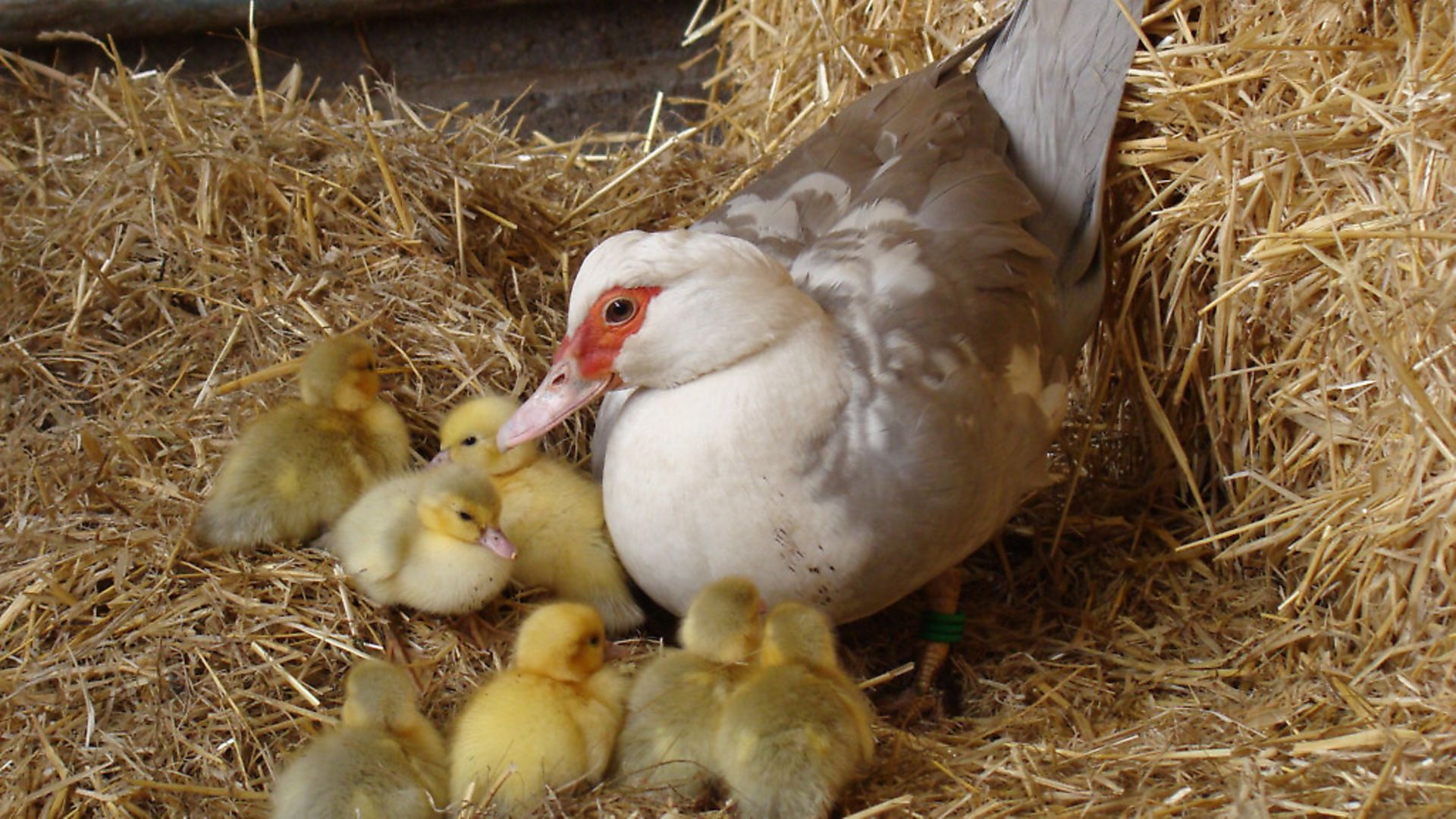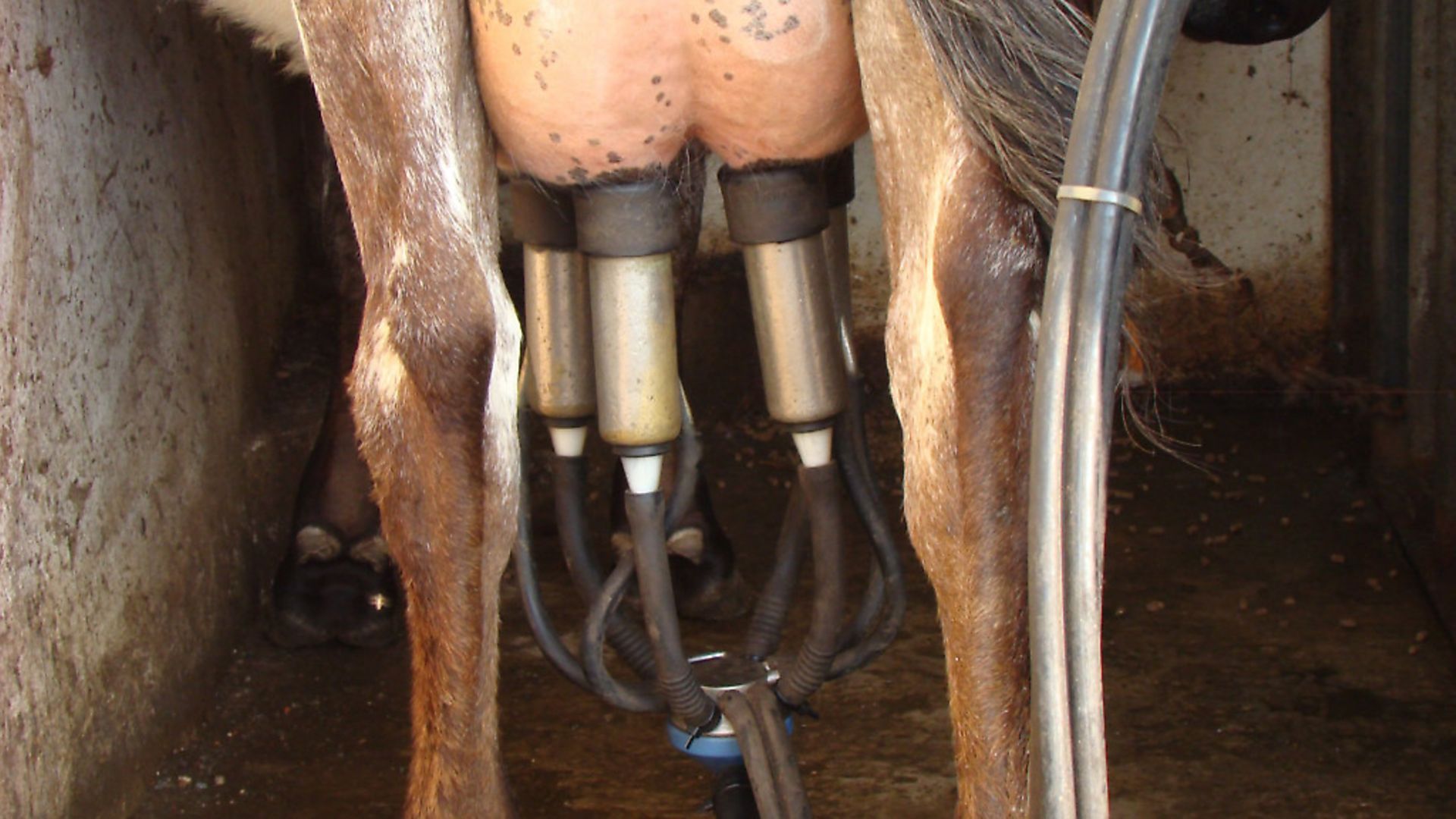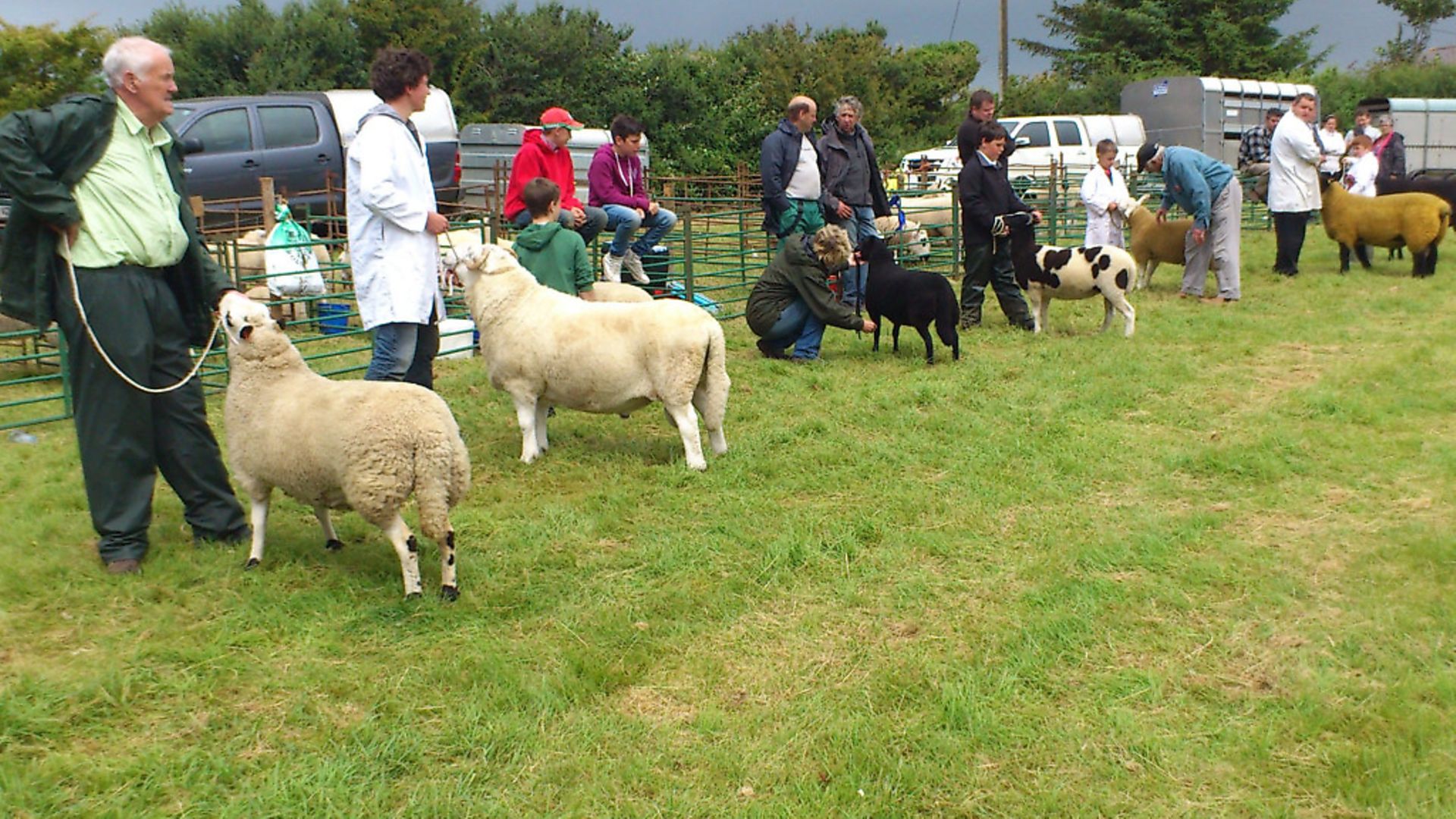Now to the crux of things. In his series about the most challenging aspects of smallholding, Tim Tyne turns to livestock

Some of the most significant challenges encountered by the smallholder are associated with the buying, keeping, feeding, breeding and selling of livestock. Once you introduce livestock to your little kingdom then you’re committed 100%, 24/7, so it’s right that you first give proper consideration to whether it’s appropriate for you to be keeping animals at all. Far too many people make impulse purchases of livestock, particularly young animals such as piglets or orphan lambs (because they’re ‘cute’), or take on other peoples’ problems in the form of ‘rescue’ cases, without being fully prepared for such an undertaking. To be fair, the fault here lies as much with the vendor as the purchaser, but either way it’s just stacking up welfare issues for the future. Please – do your homework first, find out what it is you’re letting yourself in for, and don’t bite off more than you can chew.


The Livestock Question
Should there be animals on the holding or not? I believe that there should. However, if you happen to be a vegan then perhaps you’ve already made the decision that there’s no room in your life for domestic animals, for even keeping animals as pets is an unjustifiable form of exploitation. You could, of course, make areas of your holding more attractive to wild animals, but when the resultant deer, rabbits and rats start to devour your precious vegetable crops you may find yourself wishing you hadn’t. A vegetarian might choose to keep a limited number of productive animals, such as sheep for their wool, hens for their eggs, and perhaps a goat or two for milk and cheese, but even here there’s a dilemma, as there will inevitably be surpluses to dispose of in the form of unwanted male goat kids and hens that have reached the end of their egg laying lives, not to mention the possibility of having a clutch of chicks to deal with, half of which will inevitably be cocks.
In reality, a productive and sustainable smallholding should contain a balance of both crops and livestock, of wild areas and cultivated zones, of woodland and pasture, being an ecosystem in which plants and animals support one another and – equally importantly – support the smallholder himself. Remove one element and the whole structure is at risk of becoming unstable.
Although I’ve described the smallholding as an ecosystem, it’s an artificial one. Therefore, the human element is essential to ensure stability and sustainability: We recycle nutrients from our livestock through our crops and ultimately through ourselves; we recycle surplus crops through our livestock and consume the output of those animals; we manage the population density of our livestock through breeding and culling and we are responsible for maintaining their health and welfare. We also interact with the wildlife of the holding through both habitat enhancement and pest control.
If you can grasp the concept of your smallholding being an ecosystem of which you’re a key part, then this will enable you to overcome a lot of the challenges associated with the keeping of livestock, as it underpins many of the decisions you’ll make regarding the types of animals you should be keeping, how many, and under what management systems. It’ll also help you to overcome what, for many, is the most significant challenge of all – the ethical dilemma associated with the consumption of home-produced meat.
Pause for thought…
Although I’ve made it quite clear that I believe productive livestock should be an integral part of any smallholding, it’s now time to ask yourself whether you’re really geared up for handling large animals, or would it perhaps be better to stick to poultry and rabbits for the time being, and rent out any surplus grazing land to a neighbour? Small domestic livestock can take you a long way down the road to self-sufficiency with only a fraction of the workload that’s associated with the keeping of larger animals, and minimal bureaucracy. Be honest with yourself regarding how much time you’ve got available, your physical capabilities and your level of skill in stockmanship. It’s not sufficient that you simply love your animals – they won’t thrive on love alone; you need to really understand them, both as individuals and as part of a group, be able to empathise without being overly sentimental, and to be aware of their many subtle psychological requirements in addition to possessing a knowledge of their physical needs. This level of intimacy isn’t something you can acquire overnight, but spending time caring for less challenging smaller animals while perhaps helping a friend or neighbour with his sheep, cattle or pigs will give you a good basic grounding, and enable you to take a more considered approach to the establishment of your own livestock enterprises.
Choices
The prospective livestock keeper is faced with a bewildering choice of breeds of various species, not to mention a multitude of different management systems under which they may be kept. Established smallholders, particularly if they’ve got stock to sell, will do their utmost to convince you that you should follow their example, and breed societies will woo you with their propaganda. However, many of the claims made by breed societies (particularly of the minority breeds), relating to characteristics such as milkiness, mothering ability, growth rates, carcass quality and disease resistance, are simply hearsay and wishful thinking. Very few have actual data or research to back up these claims.
In actual fact, considering specific breeds is the last thing you should be doing in the course of establishing a fledgling livestock enterprise. The sequence of thought processes ought to go like this:
– Firstly, decide what your aims and objectives are. What is to be the product or output (if any) of your livestock enterprise? It could be that you simply want a few grazing animals to keep the grass in check, or perhaps you want to produce meat or milk for your own consumption, or for sale. Maybe you’ve got an interest in pedigree livestock and fancy trying your luck in the show ring, or perhaps fibre craft is more your line.
– Some tentative species choices can be considered at this stage. So, for example, to produce your own milk is it to be cows, goats or sheep? Do you prefer pork or mutton? Duck or hen eggs? Some species are capable of giving multiple outputs (e.g., meat, milk and fibre from sheep) whereas others are very specialist.
– Next, consider the resources you have available, and firm up your choice of species. So, for example, for meat production the backgarden smallholder may choose rabbits, the smallholder with plenty of outbuildings but little – if any – grazing land might choose pigs, and the smallholder with plenty of land but only a limited range of outbuildings would probably opt for sheep. On scrubby ground goats would be the answer to domestic milk production, whereas on better land a cow would be more appropriate. And so on.
– Now, having decided what you want to produce, and from what species, you need to consider a management system that’ll enable you to achieve that, given the resources that you have available. Think about things like grazing rotations, integration between different enterprises, access and location, efficient utilisation of buildings, seasonality, marketing (if appropriate), and whether or not you’re trying to make any profit or simply break even, or if you’re happy for this to be an expensive hobby.
– Finally, having decided upon a management system that’ll deliver the desired result you can choose a breed (or breeds) to suit that system. This is infinitely more likely to give a successful outcome than simply choosing a breed because you like the look of it!
Integration between enterprises
If you’ve taken on board what I said about the smallholding being a carefully managed ecosystem, then you should have no problem with ensuring that your various activities complement one another. Basically, what I’m referring to here is a holistic approach, where the management of one area of the holding also benefits others, resulting in what I call the ‘cycle of self-sufficiency’. So, for example, surplus milk from your cows goes to feed your pigs. The pigs turn over and fertilise a fallow plot in the garden. Surplus crops from the garden can be fed to both the pigs and the cows. Dung from the cows during the housed winter period is spread on the land in order to grow a crop of hay. In addition to feeding the cow, the hay is fed to the sheep, which also serve a useful role in tidying up pasture that the cow has recently grazed. And if we consume the products of the cow, the pigs, the sheep and the garden then we should compost our own waste and ensure that that goes back on the land too. Consider the potential for interaction between your various enterprises at the planning stage in order to achieve the optimum result, and avoid a disjointed approach at all costs.
Tim and Dot Tyne have a smallholding in Wales and are authors of Viable Self-Sufficiency, a reference manual for all aspects of self-sufficiency. It is available for £20 from homefarmer.co.uk
Image(s) provided by:
Archant
Archant
Archant







